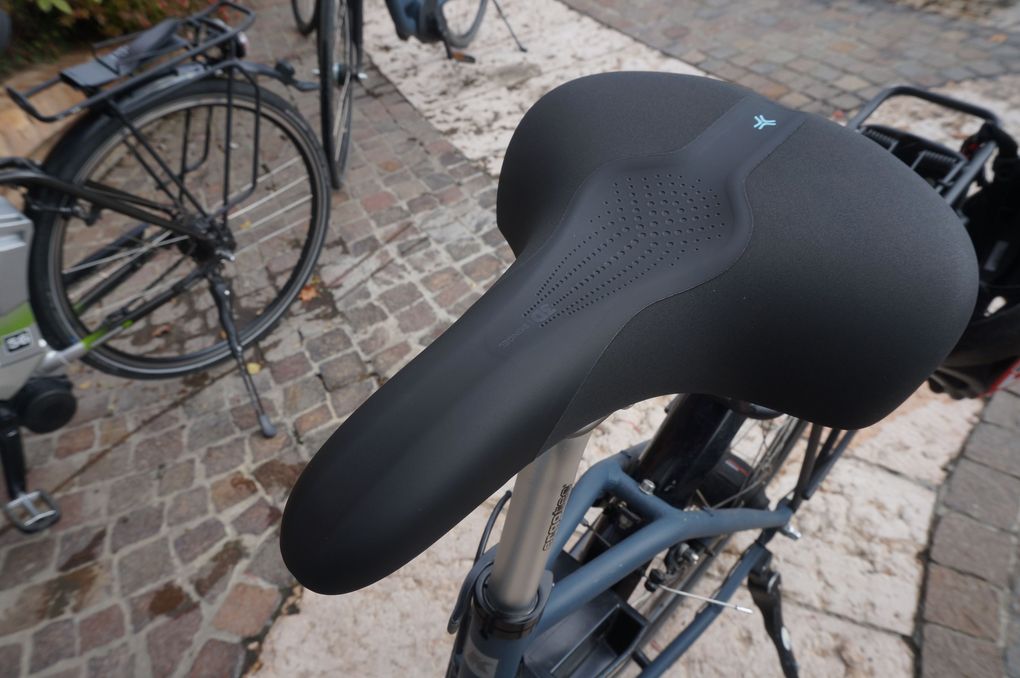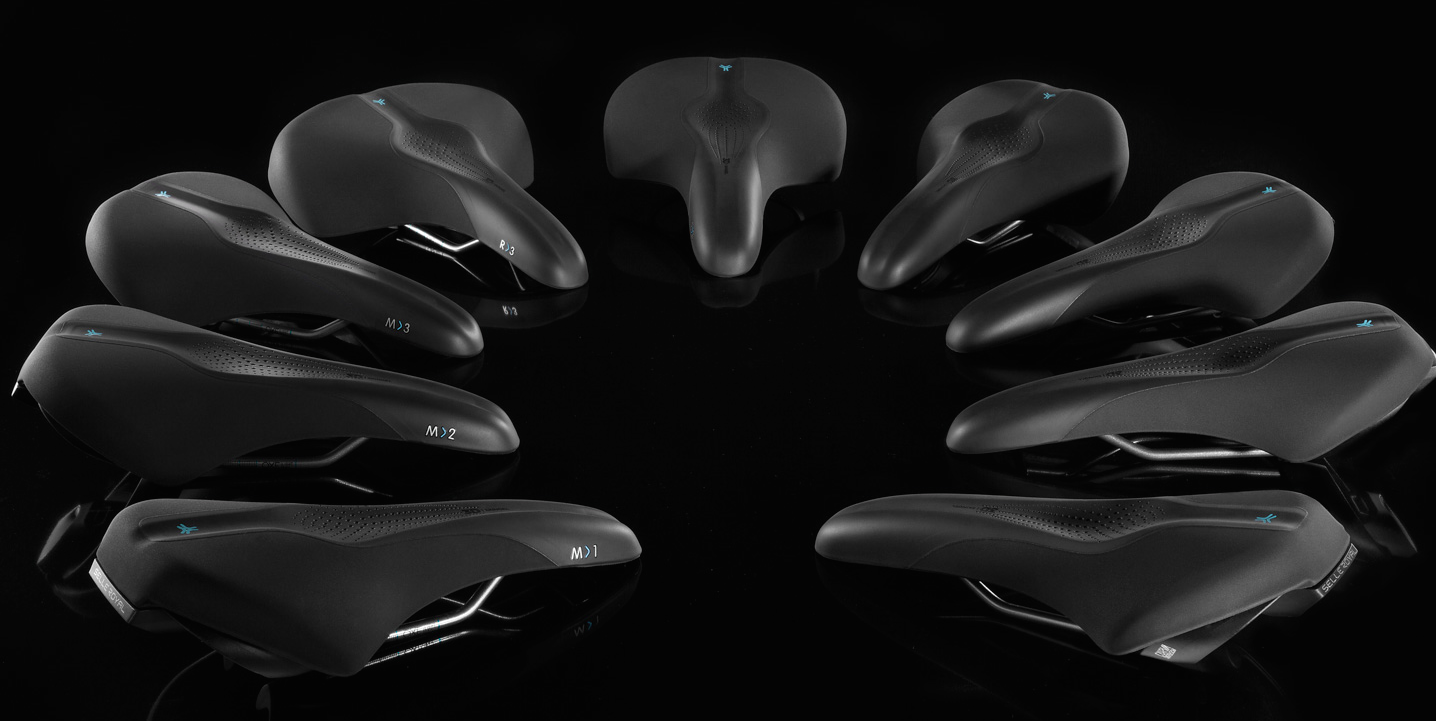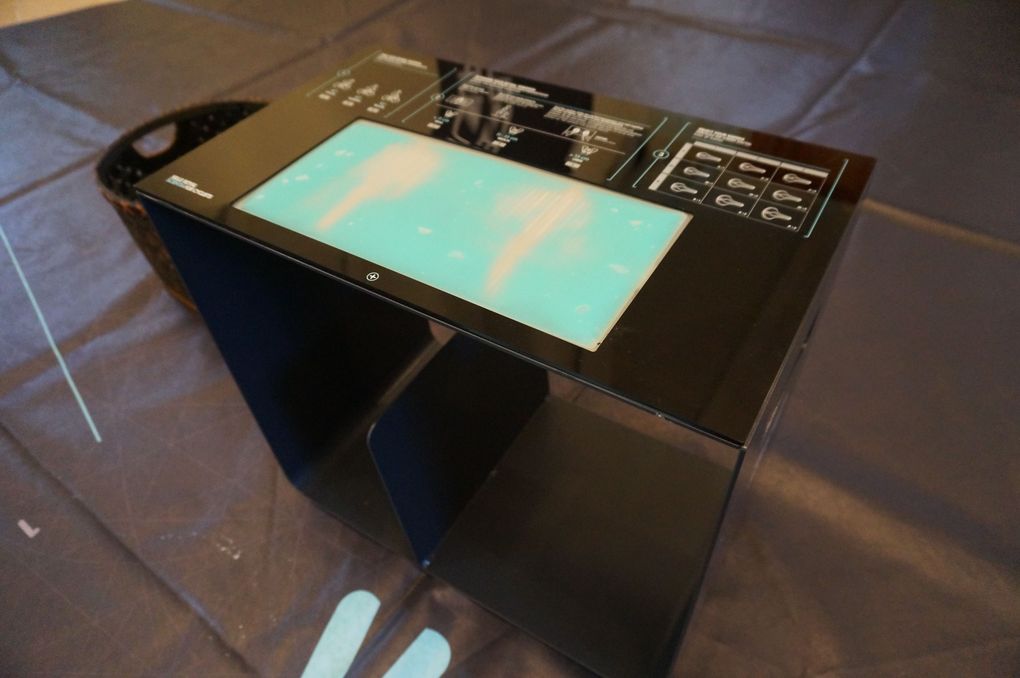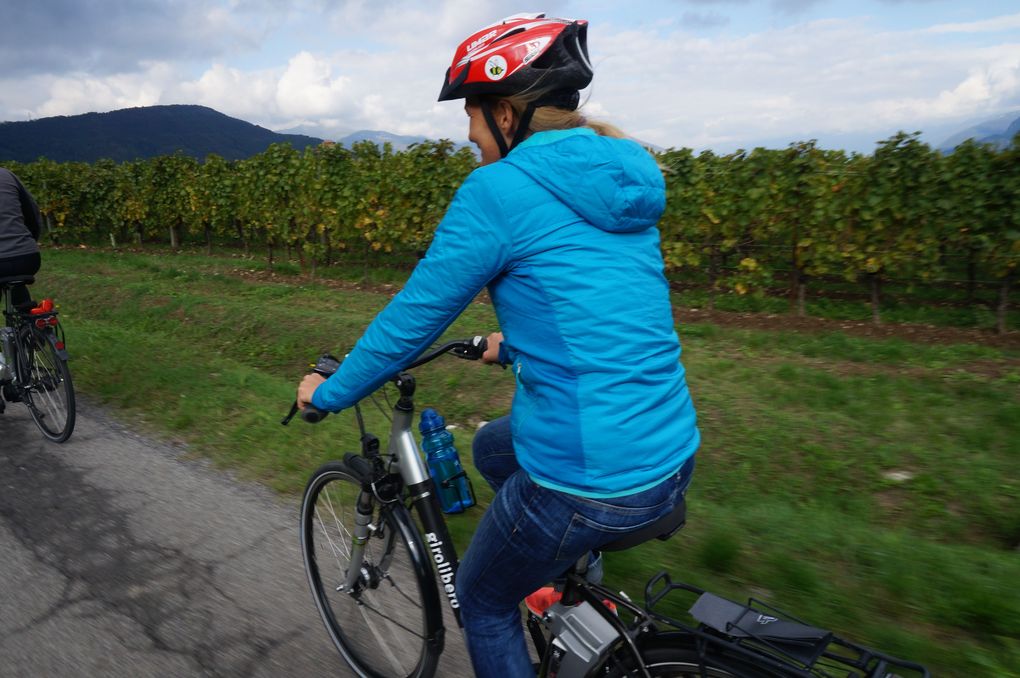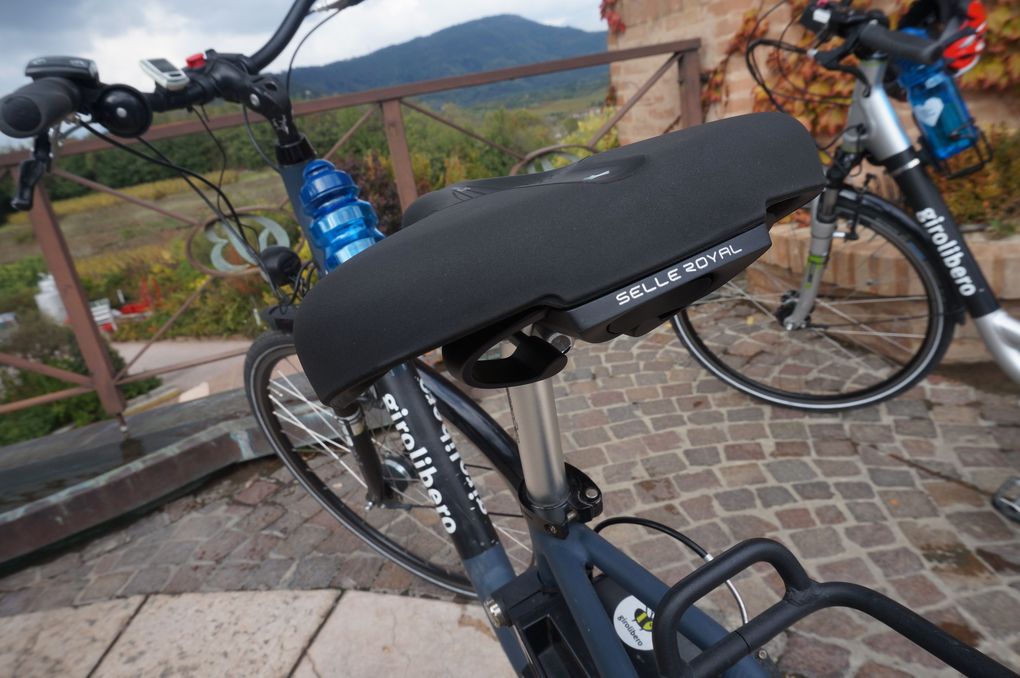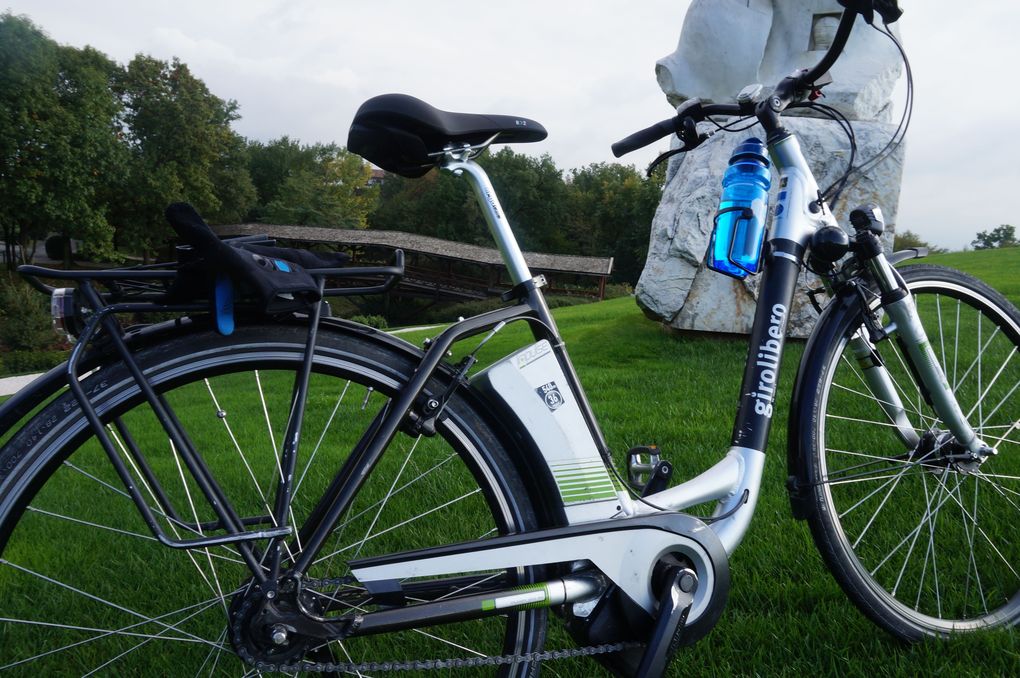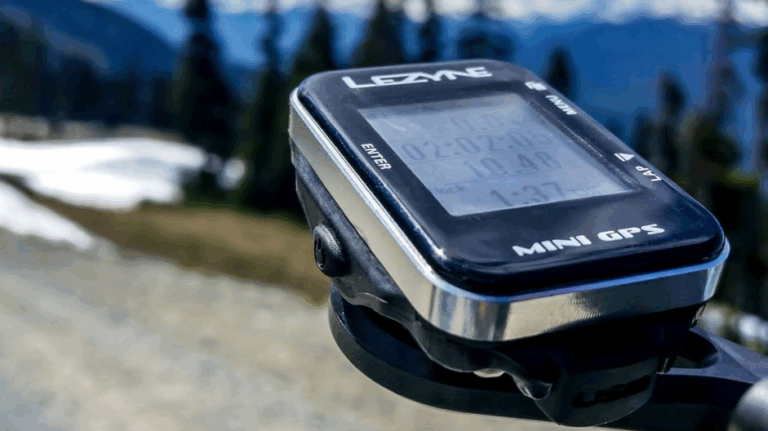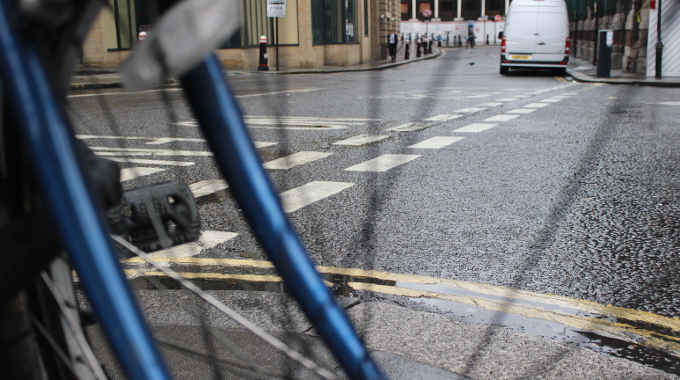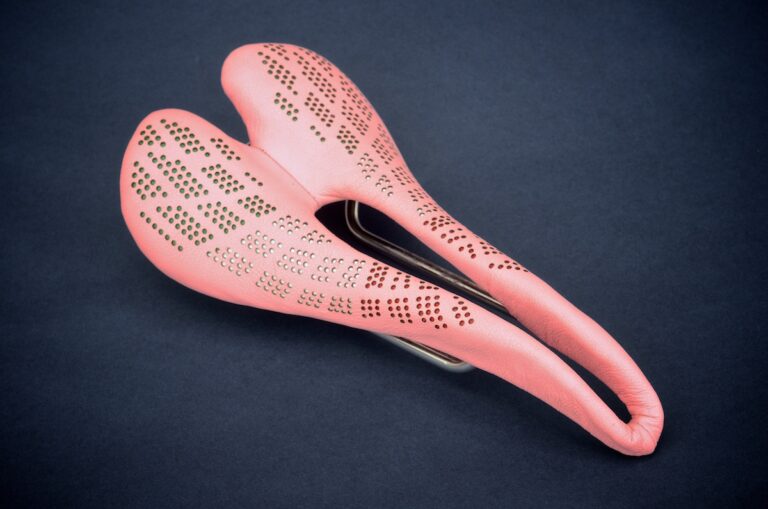Cut Out, or no Cut Out?
Next, they examined shape – using the same sensor research tool and testing riders on saddles of different styles. From this, they determined that the best saddles used a relief channel, from front to back of the saddle, as opposed to a cut out. This was because the pressure was spread evenly, rather than being displaced to the outer edges when a cut out was used.
They also found that the best saddles had a wider nose, and were taller at the back, creating a slight slope towards the nose – much the same effect as angling a saddle down slightly via the seat post adjustment.
Finally, they looked into saddles which used suspension to provide dampening, and concluded that this did not support the rider. However, in their own design they added what they called a ‘curva suspension’ which is created by the unique shaping of the saddle rails to provide flexibility.

Selle Royal’s Conclusions
The result of all this work? Nine unisex saddles within the Scientia range. Since Selle Royal create comfort saddles, intended to be used up until the 45-degree angle, their work told them not to engineer any women’s versions.
There are athletic (45 degree), moderate (60 degree) and relaxed (90 degree) options, in widths one to three. The width a customer should buy are dependent upon sit bone width, which can be measured at all suppliers.
TWC’s Conclusions

Firstly, the saddles use a Royalgel padding throughout the central channel, and this is super fun to squish. The ‘squish test’ is one of the first interactions that takes place between a potential saddle buyer and product, and we certainly enjoyed this. It was kind of like a little stress ball and we wouldn’t mind keeping one on our desks at all times.
The overall feel is quite high end, with a soft suede like cover and fairly lightwight rails, though the saddles come in at €79,90 (about £60).
Seven hours, on and off, in and out the saddle – is a pretty long time, so if we were going to run into problems, we would have hit them like a brick wall. I’m generally a roadie, and was riding a Dutch bike in a very relaxed position, actually for the first time. I didn’t feel any soft tissue discomfort at all during the day.
The slight tilt of the design meant I found myself having to think about shifting my weight back a few times, to find the right position, but once my sit bones had found the right contact patch, I was more than happy.
There was plenty of padding across the rear of the saddle, though towards the very end of the afternoon a slight dull awareness of the fact that I’d been sitting on my bum and pedalling for quite some time began to make itself known. However, it’s worth bearing in mind that most people wanting to ride in this style will not be perched for seven hours.
Selle Royal have very clearly put a huge amount of research and data into this little black seat, and they’ve also invested a lot of traditional Italian passion into the marketing. I’d definitely suggest giving the saddle a go, if you ride in a leisure style position – but I think if you’re likely at all to tilt forward and adopt a more aggressive style, a female specific model, or actually one of these ISM saddles, is more likely to suit.
Of course – saddles are 100% personal – for more advice on choosing one, check out:
